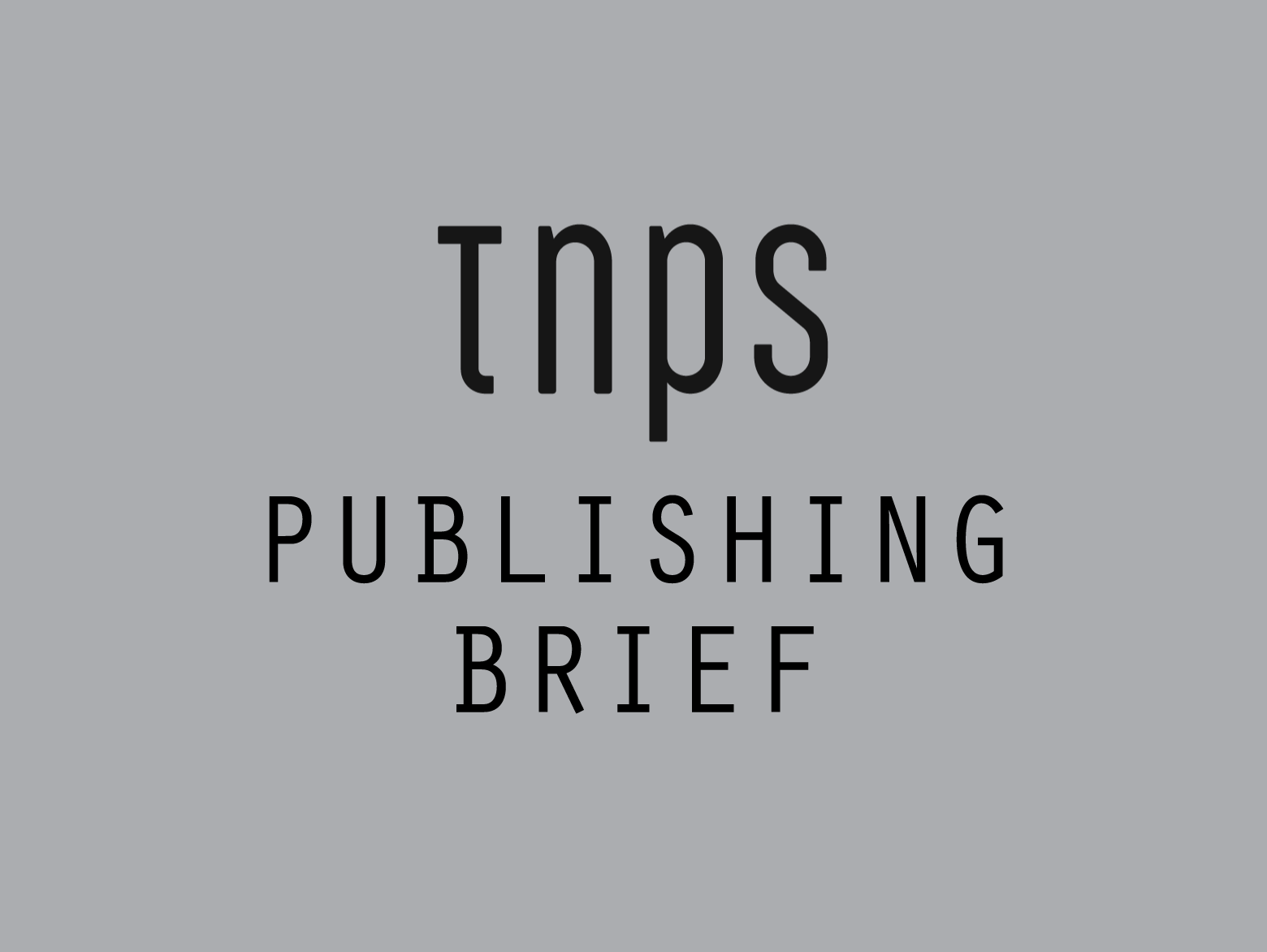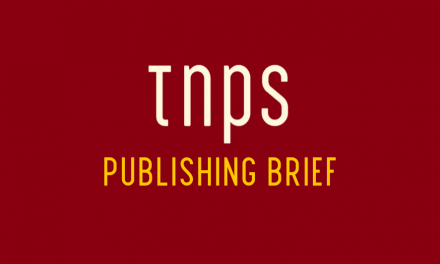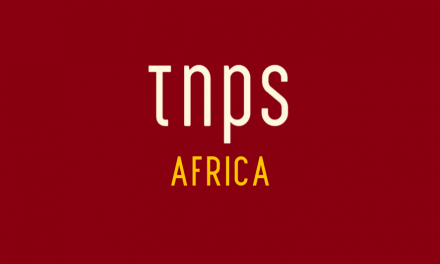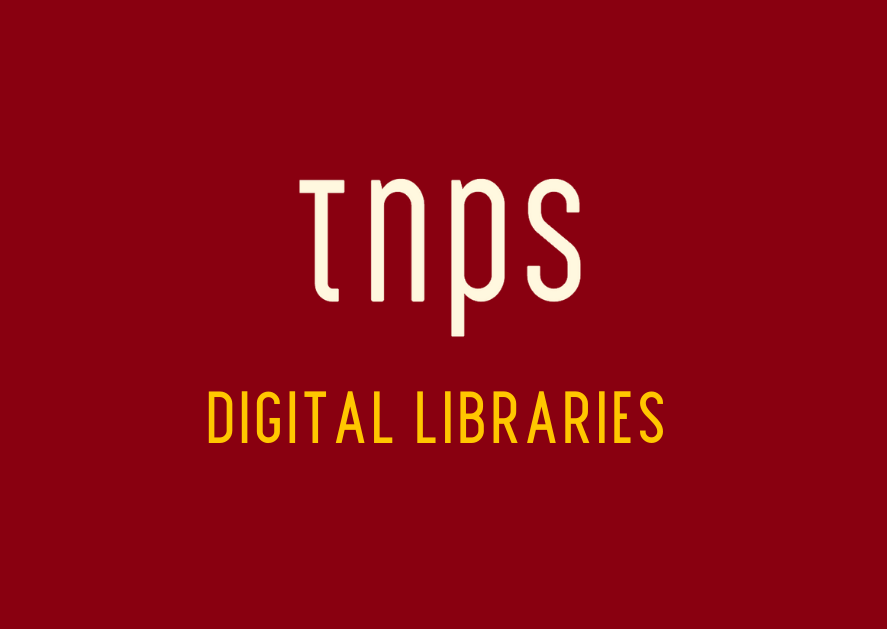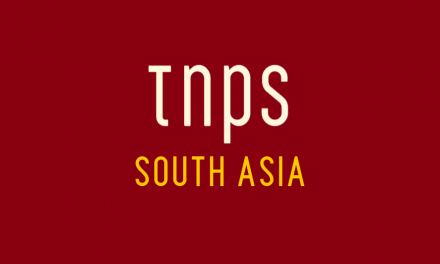A new report, Art in Numbers, from the Norwegian Cultural Council observes 88% of fiction and 75% of non-fiction is consumed in print via Norway’s high street stores, in stark contrast to neighbouring Sweden where streamed audiobooks and ebooks are the trend.
Trine Stensen, CEO of the Norwegian Bookstores Association, explained,
That the physical bookstore is so strong, I think it’s about people having a strong relationship with their bookstore. Around the country, the bookstore is more than just a place selling books, they are also small cultural houses.
Many would argue the same for the rise of independent booksellers in the Anglophone markets.
But reporting from Sweden, Svensk Bokhandel argues, quoting industry veteran Ivar Tronsmo, that
…it may be even more about the Norwegian fixed prices, where exceptions in competition law prohibit online stores from selling new books at a lower price. But it also means that the Norwegian bookstore is ill-equipped for an entry from Amazon.
Tronsmo says the day Amazon lands in Scandinavia it will instantly grab 20% of the book market, a fear widespread across the Nordic book sector.
(Via Svensk Bokhandel.)
But do these fears stand up to scrutiny?
Amazon may or may not launch some sort of Nordic operation. Rumours were strong this year that Amazon would launch in Sweden.
Evidence mounts for an Amazon Sweden launch this year, but no sign publishers need worry yet
But all we’ve seen so far is AWS.
At which point we have to take a step back and ask if perhaps we are worrying about a dragon that has lost its teeth. Or at least gone vegan.
Look at it this way. We’re now into our fifth year without a new Kindle store. The last one was the Netherlands, a country of 17 million, with 16 million online. The smallest country Amazon has bothered with, if we ignore the token non-books operation in Singapore and the non-books third–party sellers venture in Vietnam
And the impact of the Kindle Netherlands store has been muted, to say the least.
While the Kindle Unlimited ebook subscription service is powered by APub and self-publishers the main Kindle store is powered by traditional publishers selling expensive ebooks from big name authors.
Without that big-name pulling power, and the high profit margins of traditional publishers (Amazon can take $7.50 from a $15 Big Pub ebook sale but will collect just $2 from a $2.99 self-published title and just 65 cents from a $0.99 self-published title) there is little incentive for Amazon to invest in new Kindle stores in smaller markets.
And to bring in those big-name traditionally published authors Amazon needs to strike deals with publishers in smaller markets for both print and digital, and incur all the associated costs of warehousing and delivering print books within those smaller markets.
Time was when Amazon was looking to enter a new book market we had the early warnings of discussions with publishers. Those discussions simply aren’t happening.
One reason may be, apart from the cold logistics of small market engagement, that publishers are far more wary of Amazon now than they were a decade ago.
We don’t have to agree with the UK’s The Bookseller earlier this month that “Amazon is more dangerous than ever” to appreciate that small market publishers have seen the price paid in the US and UK where Amazon was allowed to achieve market dominance.
It means that, should Amazon seriously look at new book markets in the future it will find publishers less eager to give Amazon the kind of deals it would need to consider the market worthwhile.

